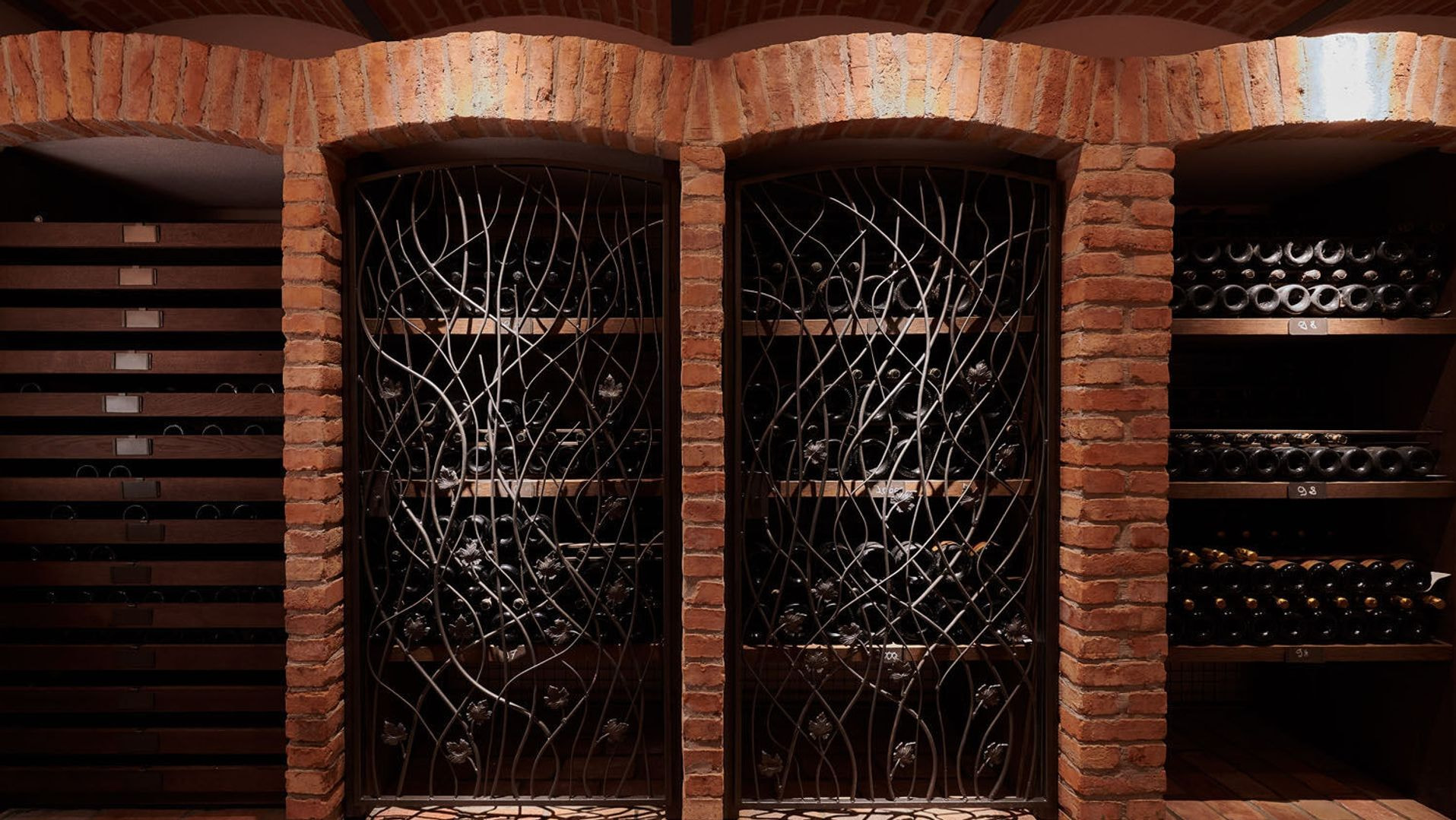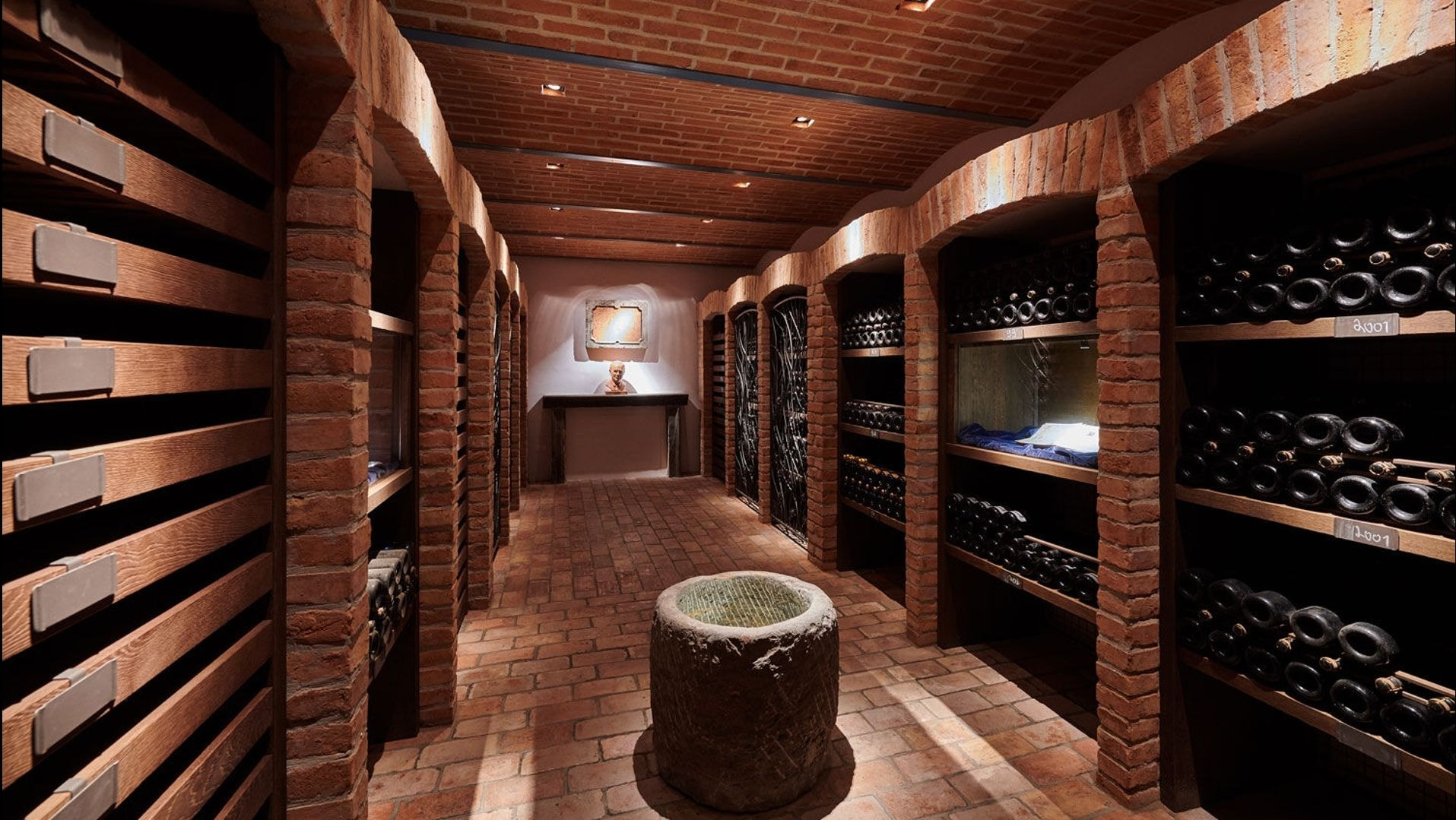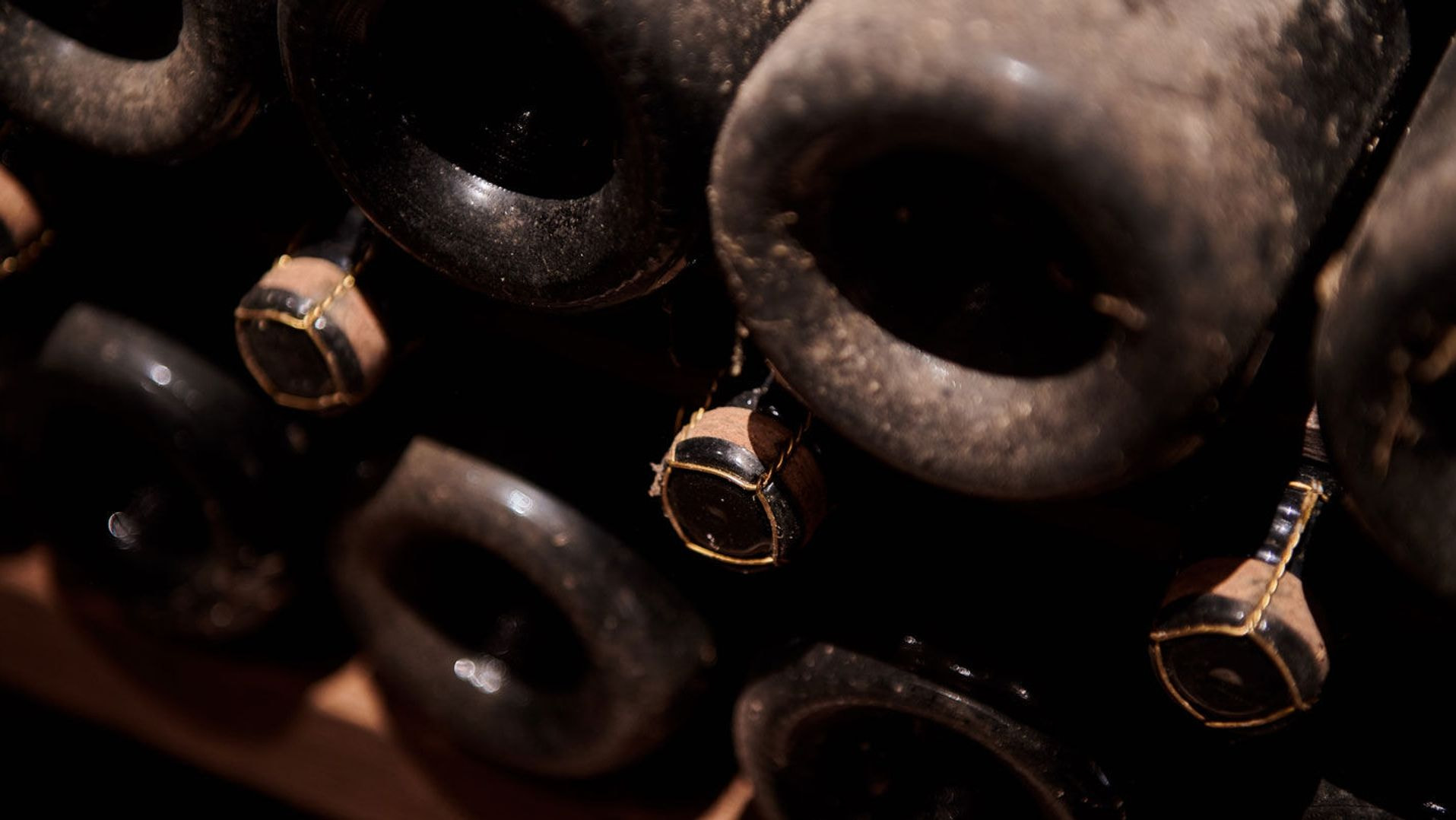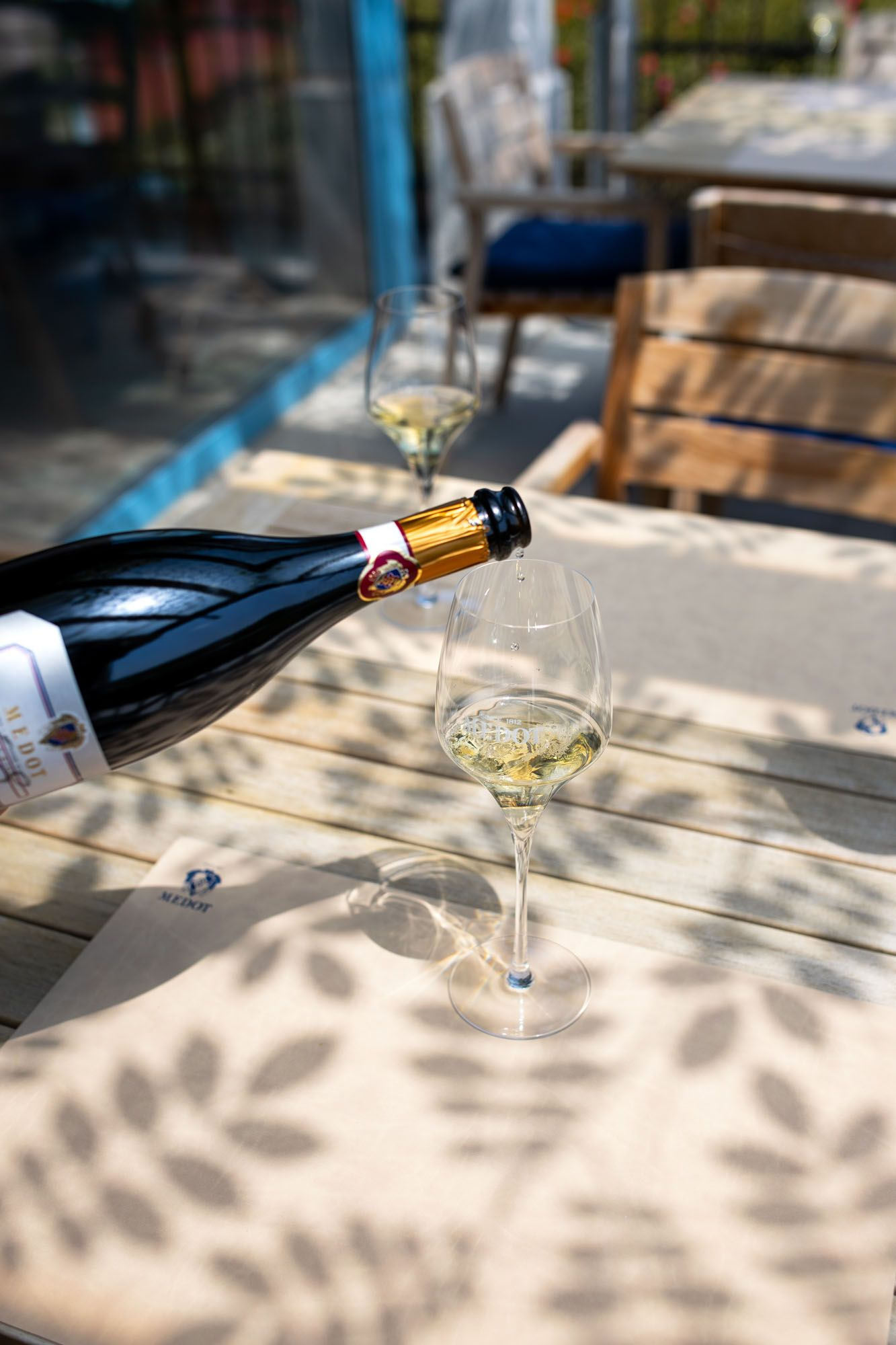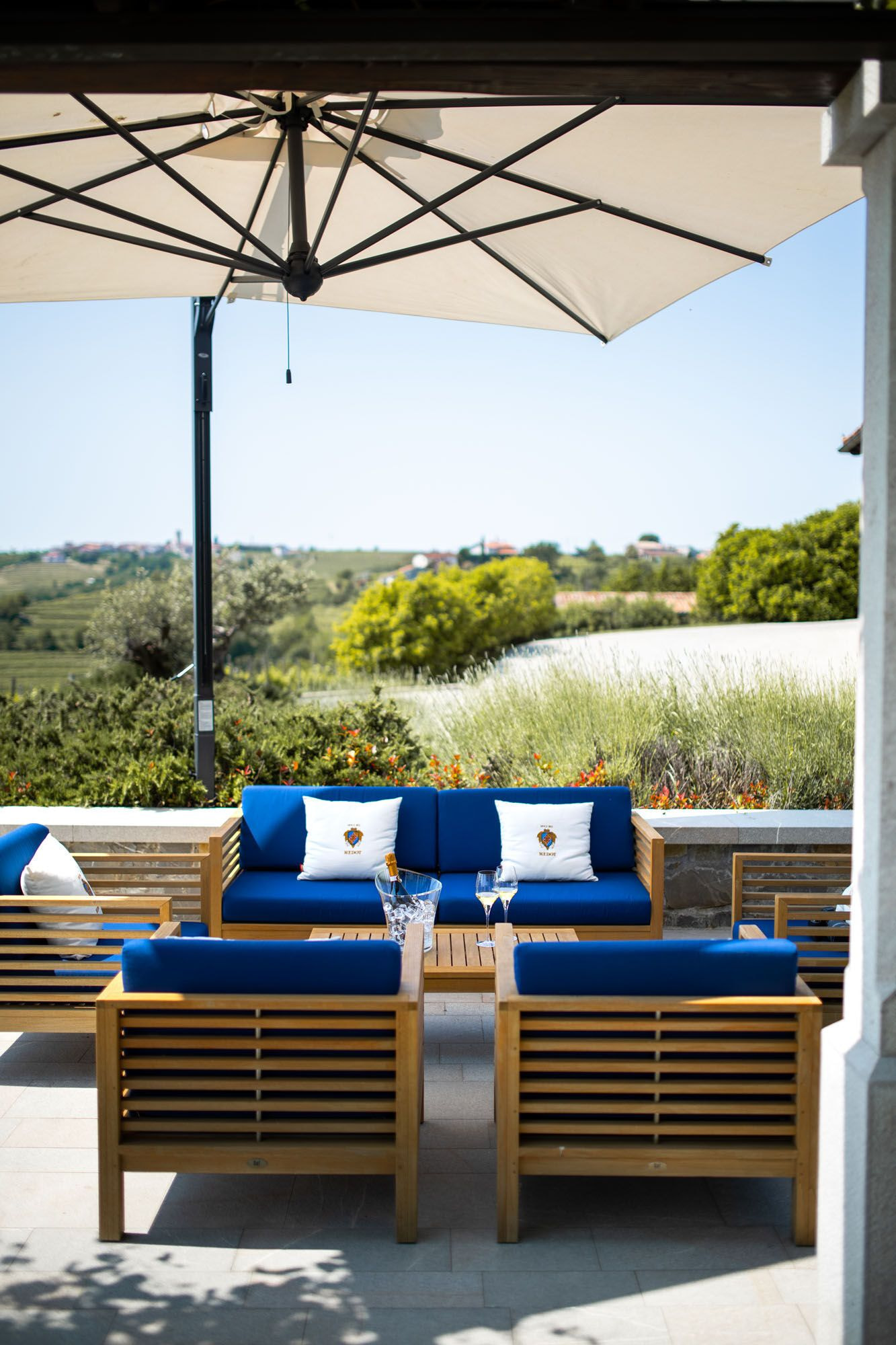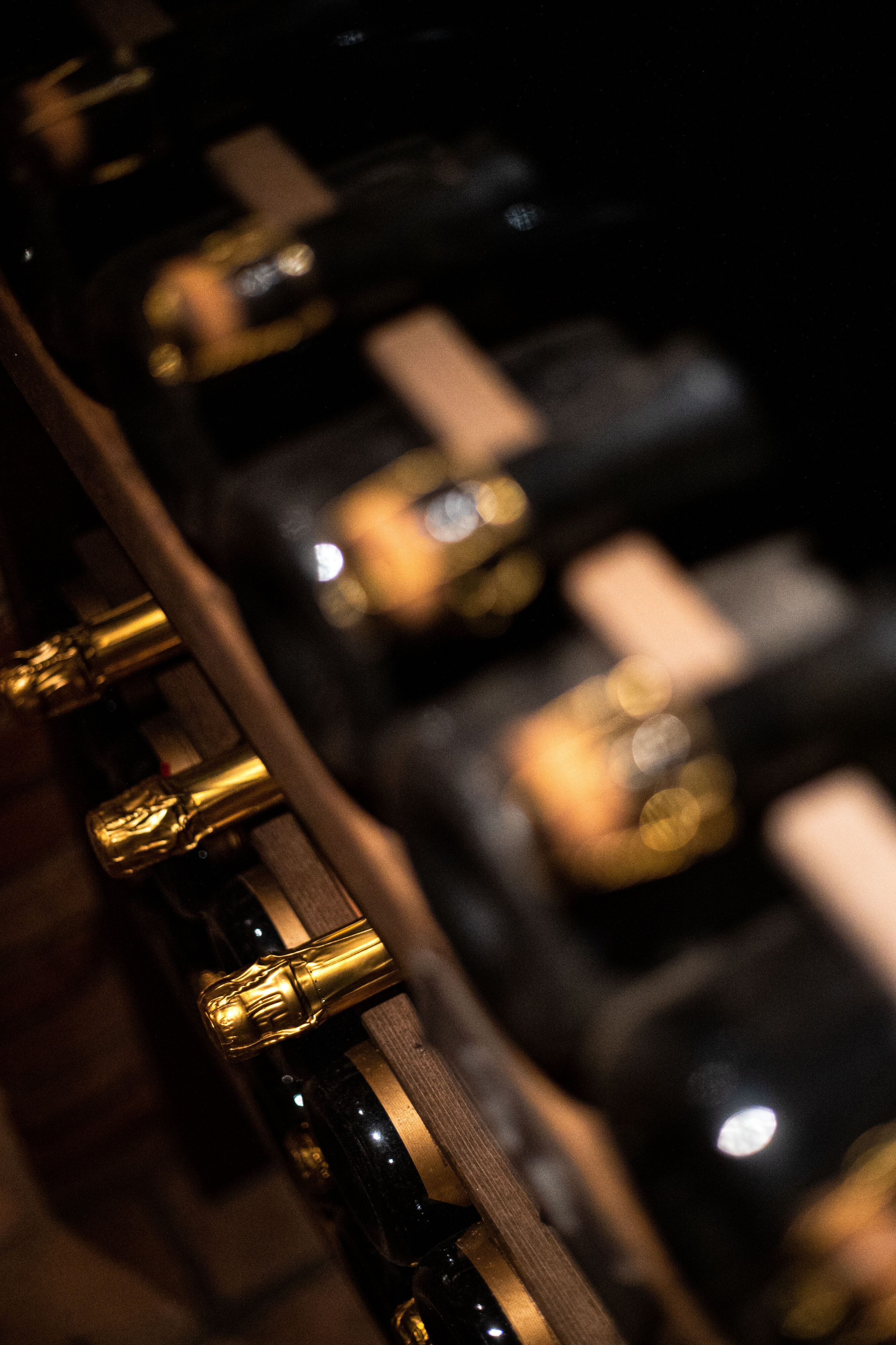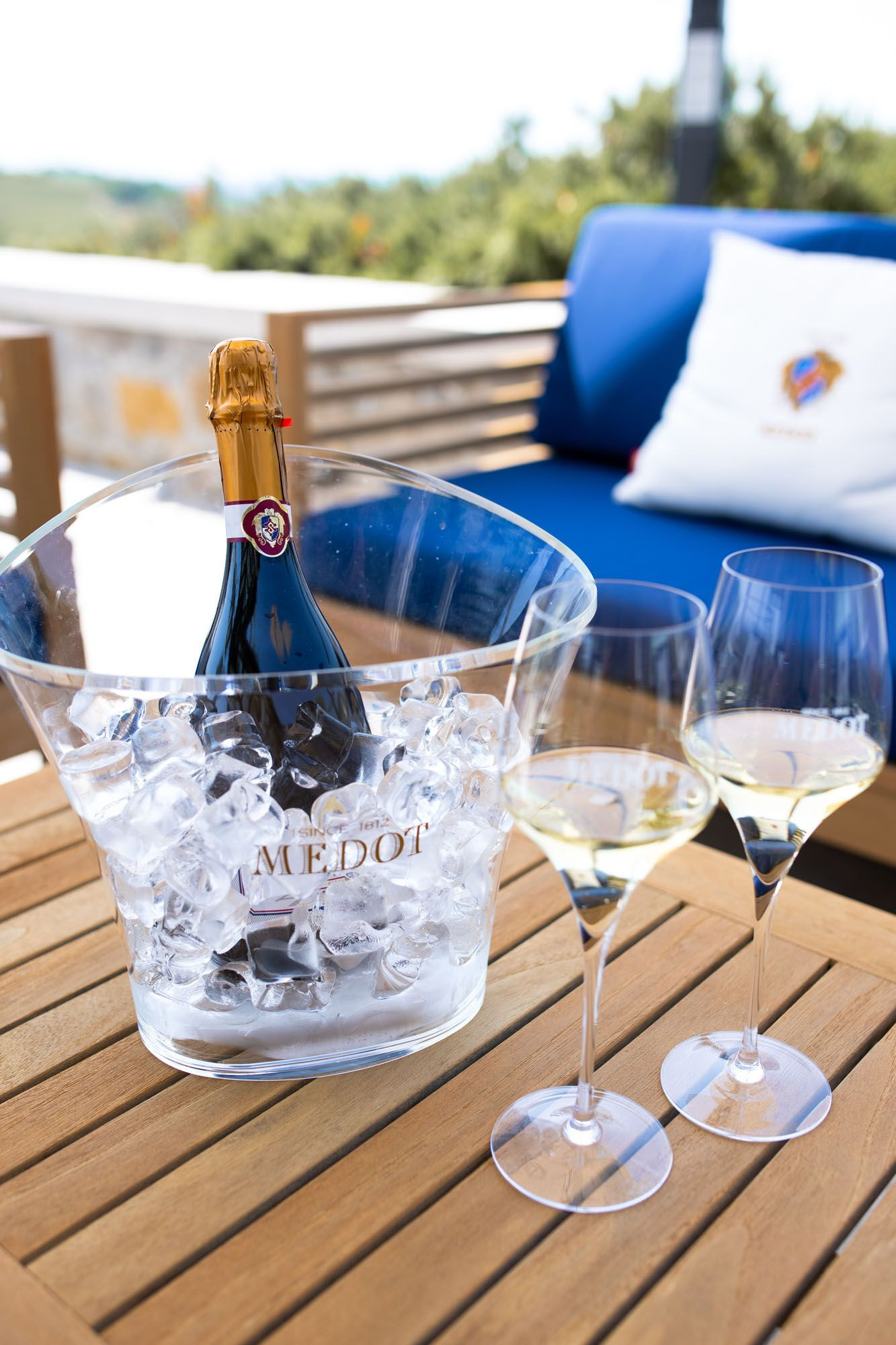The best place to store wine is dark, cool, and dry. Typically, the cellar is a suitable space for this, preferably in the boxes or cases in which you purchased the wine. However, even if you don't have a cellar or it is unsuitable, you can find a suitable place using these tips to keep your favorite wine at the desired level of quality. At Medot, we store wine in our cellar, where we have a well-organized wine archieve that we would be happy to show you during one of our wine tastings with a tour of the cellar.
When it comes to aging wine, it is best to inquire about the aging potential and peak drinking time at the time of purchase. Advisors will also be able to tell you when to expect the chosen wine to reach its peak. If you cannot obtain this information, for example, because you received or purchased the wine online, you can check descriptions in wine guides, which usually include information about the aging potential. Alternatively, you can search for the wine's technical sheet and more detailed information on the winemaker's website, where such information is usually provided. You can find such descriptions for all Medot wines on our website. Then, let yourself be inspired, embrace life, and seize the opportunities to actually open the bottle.

